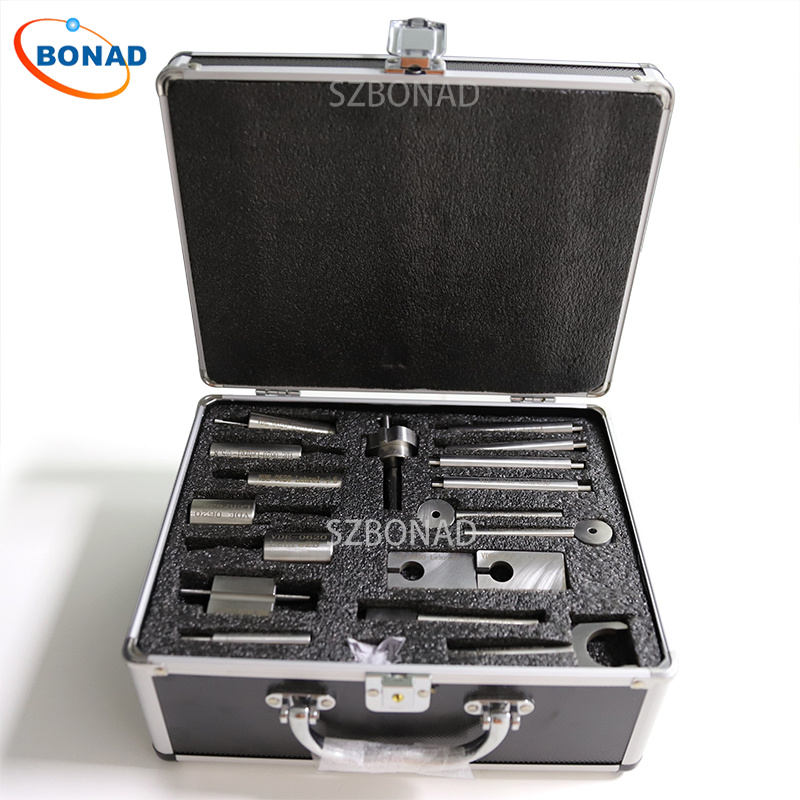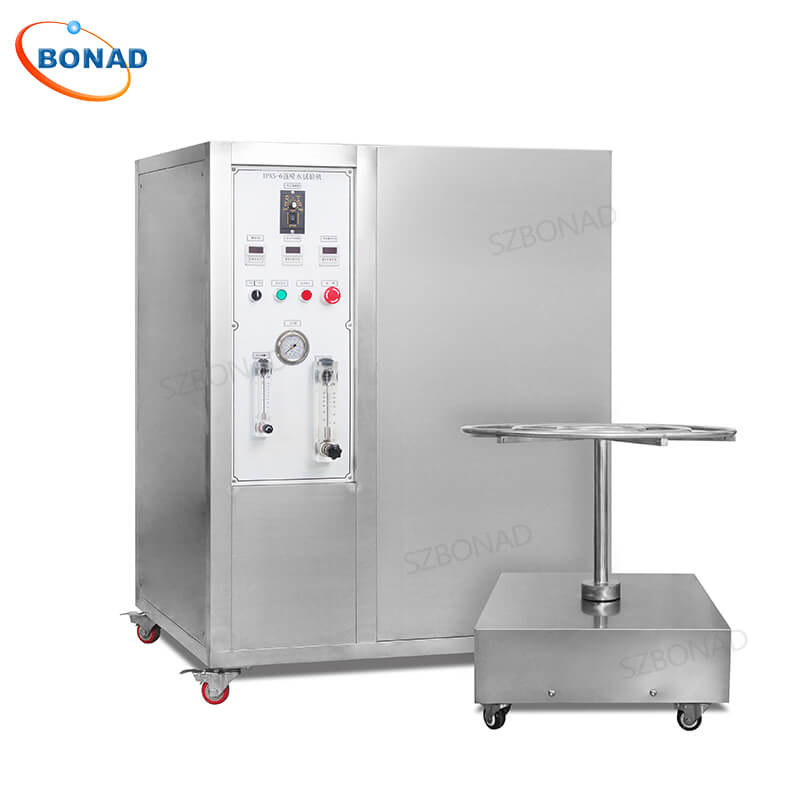Accurate measurements are critical in science, engineering, and industry. However, no measurement is perfect. Understanding uncertainty and errors—and their differences—is essential for reliable data analysis and decision-making.
What Are Uncertainty and Errors?
Errors are deviations between measured values and the true value, caused by factors like faulty instruments, human mistakes, or environmental conditions. For example, a malfunctioning thermometer may consistently display temperatures 0.5°C too high.
Uncertainty quantifies the doubt in a measurement by defining a range of likely values. If repeated resistance measurements yield 3.35Ω and 3.41Ω, the uncertainty range is ±0.06Ω.
Key Differences
- Error = Measured value – True value (e.g., 3.35Ω – 3.4Ω = -0.05Ω error).
- Uncertainty = Range around the measured value where the true value likely lies (e.g., 3.35Ω to 3.41Ω).
Standard Error in the Mean
The standard error (SEM) indicates how close sample means are to the population mean.
Calculation Steps:
- Compute the mean of measurements.
- Subtract the mean from each value, square the results.
- Sum the squared differences.
- Divide by √(sample size).
Example:
Four weight measurements (3.001 kg, 2.997 kg, 3.003 kg, 3.002 kg):
- Mean = 3.000 kg
- SEM = √[(0 + 0.000009 + 0.000009 + 0.000004)/4] = 0.002 kg
Calibration and Tolerance
- Tolerance: Acceptable range for measurements (e.g., a scale must measure within ±0.01 kg).
- Calibration: Adjusting instruments using high-precision references to ensure accuracy. Regular calibration accounts for environmental factors like temperature affecting metal components.
Example: A lab scale recalibrated monthly with certified weights to maintain tolerance.
Reporting Uncertainties
Measurements should always include uncertainty:
- Format: Value ± Uncertainty (e.g., 4.5Ω ± 0.1Ω).
- Purpose: Communicates reliability (true value lies between 4.4Ω and 4.6Ω).
Absolute vs. Relative Errors
- Absolute Error:
- Formula: |Measured – True Value|
- Example: Expected 1.4 m/s, measured 1.42 m/s → Absolute error = 0.02 m/s.
- Relative Error:
- Formula: (Absolute Error / True Value) × 100%
- Example: 0.02 m/s / 1.4 m/s × 100% ≈ 1.43%
Propagating Uncertainties
When combining measurements, errors compound:
- Addition/Subtraction: Sum individual uncertainties.
- Example: (1.3m ±0.05m) + (1.2m ±0.01m) = 2.5m ±0.06m.
- Multiplication/Division: Use percentage errors.
- Example: Multiplying 3.4±0.01 by 5.6±0.1 → Total error ≈ 2.07%.
Rounding Measurements
- Rule: Round uncertainties to one significant figure (e.g., ±0.10003 → ±0.1).
- Impact: Over-rounding can introduce inaccuracies; balance precision and practicality.
Why This Matters
Understanding uncertainty and errors improves data reliability in fields like manufacturing, healthcare, and research. Proper calibration, error propagation calculations, and clear reporting ensure informed decisions and quality outcomes.


